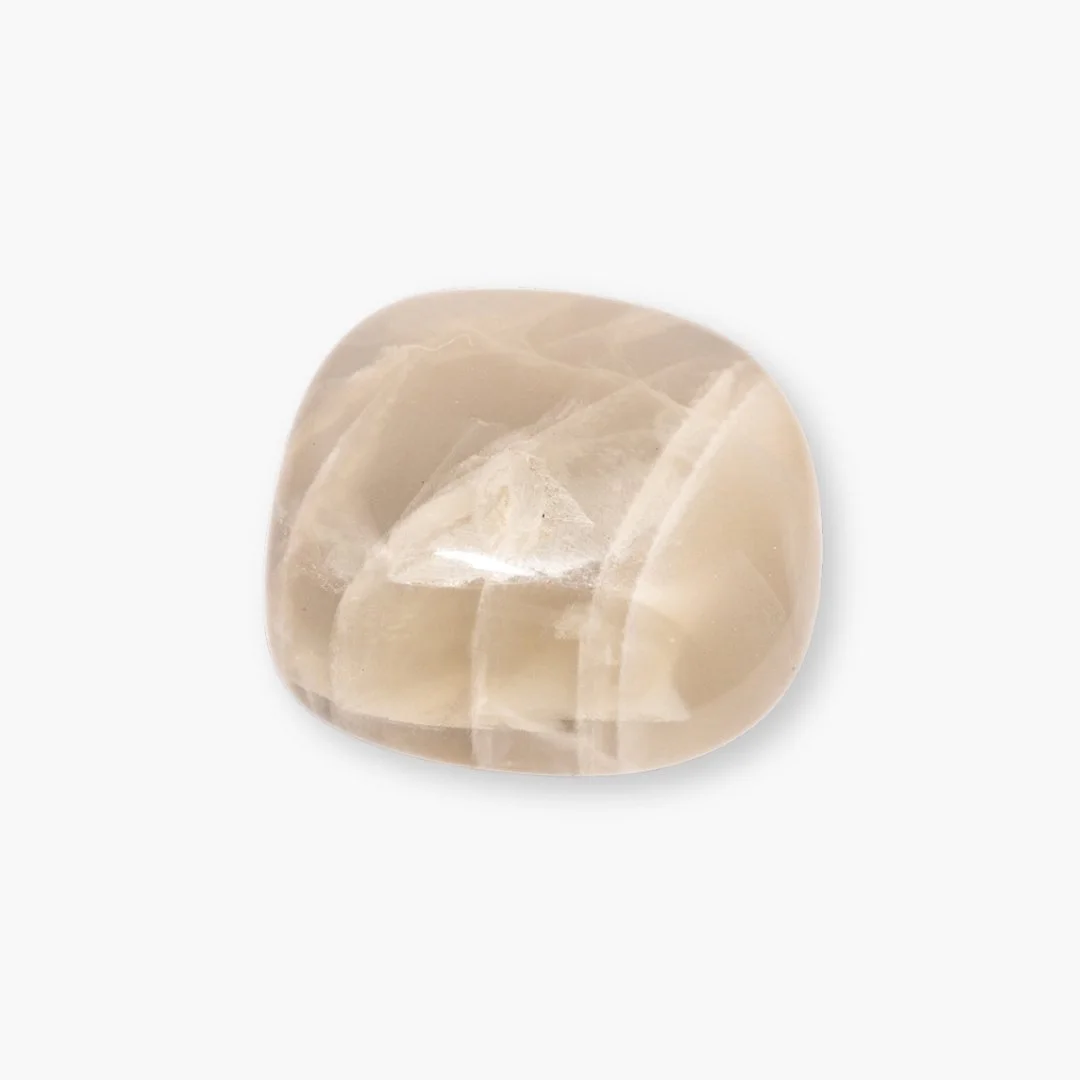Labradorite
About
Labradorite is a member of the feldspar group and is known for its striking iridescence. Discovered in Labrador, Canada, the stone is also found in Finland, Madagascar, and Russia. Although its base colour is usually grey to dark grey, the brilliant play of colour has made labradorite a favourite in jewellery and crystal healing practices.
Birthstones & Anniversaries
Labradorite is not a traditional birthstone, but its mystical qualities have made it a popular stone for those born under the zodiac signs of Sagittarius, Scorpio, and Leo.
Crystal Healing Energy
The overarching theme of labradorite is transformation and protection. Labradorite enhances intuition, psychic abilities, and spiritual connection while offering powerful protection. It is linked to the third eye and crown chakras, aiding in spiritual growth, self-discovery, and the exploration of one’s inner potential. Labradorite helps shield the aura, protecting against negative energies, while also boosting creativity, confidence, and perseverance. Its transformative energy encourages personal growth and self-awareness during times of change.
Facts
Discovered in 1770: Labradorite was first identified in Labrador, Canada, by Moravian missionaries.
Labradorescence: The vivid flashes of colour seen in labradorite are caused by the diffraction of light within layers of the stone.
Legendary Stone: In Inuit lore, labradorite is said to contain the Northern Lights.
Spectrolite: A highly sought-after variety of labradorite with intense, full-spectrum iridescence, found in Finland.
Science
Mineral: Labradorite (Feldspar)
Crystal System: Triclinic
Chemistry: (Ca,Na)(Al,Si)₄O₈
Colour: Grey to dark grey base with iridescent flashes of blue, green, yellow, orange, and red
Refractive Index: 1.559 to 1.573
Birefringence: 0.008 to 0.010
Specific Gravity: 2.68 to 2.72
Mohs Hardness: 6 to 6.5
TreatmentsLabradorite is usually untreated, though some lower-quality stones may undergo surface polishing to enhance their labradorescence.
SyntheticsThere are no known synthetic versions of labradorite due to its complex internal structure and unique optical properties. However, glass and plastic imitations exist, often sold under different trade names.
ImitationsImitations of labradorite are commonly made from glass or plastic materials, which attempt to replicate the stone’s iridescence but lack its natural depth and subtle variations in colour.
similar materialsSpectrolite: A variety of labradorite with intense full-spectrum colour play, found primarily in Finland.
Why We love Labradorite
LabradorescenceThe stunning iridescent flashes of colour are mesmerising and unique to each piece.
affordableWith a hardness of 6, labradorite is suitable for a variety of jewellery pieces and is reasonably priced.
versatileLabradorite can be used in fine jewellery, carvings, and as a statement stone in spiritual practices.
Other Varieties of Feldspar






